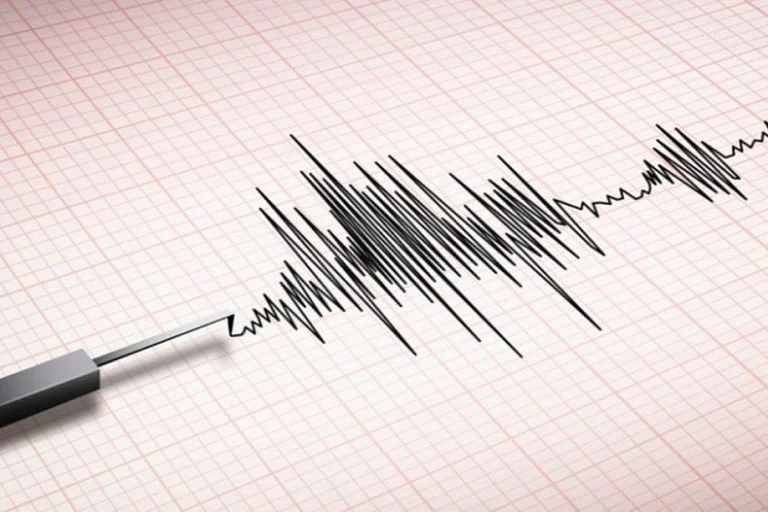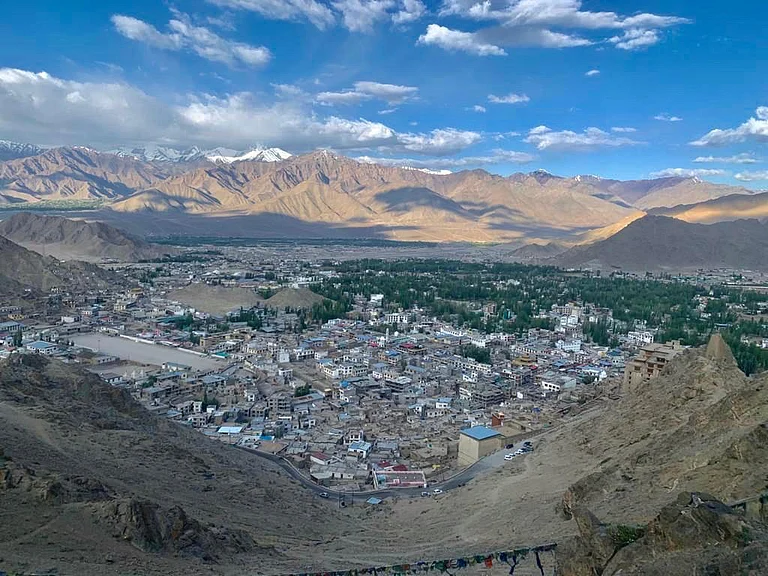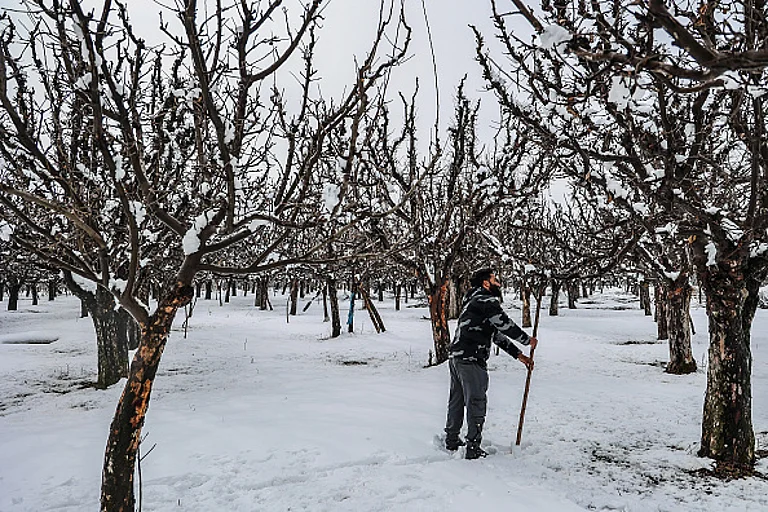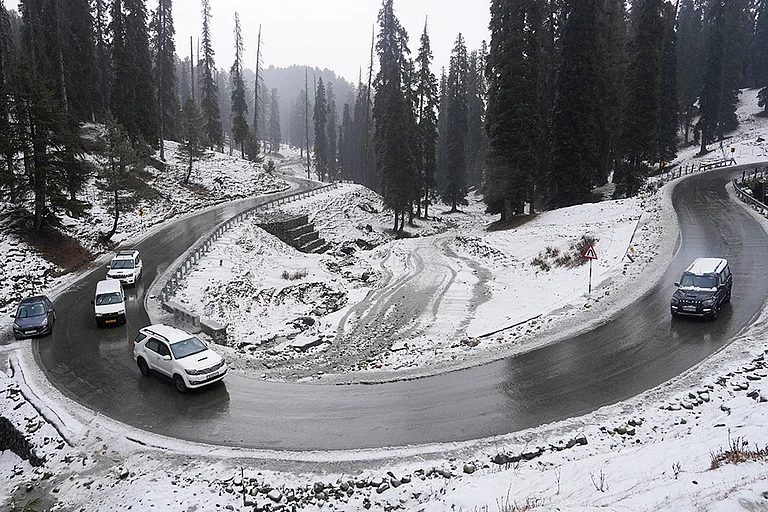On January 13, Srinagar recorded an unusually high maximum temperature of 15 degrees Celsius, which is the highest for the month in twenty years.
While upper mountainous regions experienced some snowfall, the majority of plains in Kashmir saw no precipitation this season. In fact, Srinagar’s temperatures exceeded those in many northern parts of India.
Delhi, one of the hottest cities in India, had the coldest night of the winter, reaching its lowest temperature this season at 3.6 degrees Celsius on January 13.
The prolonged dry spell amid intense cold has depleted water bodies in the Kashmir Valley, and the weather office predicts these dry conditions to persist until January 25. Despite warmer days, nights continue to remain freezing cold.
Where Is The Snowfall?
To understand the absence of snow this year, we reached out to Kashmir’s beloved weatherman, Sonam Lotus.
"The main reason is that during these years, including this winter, there have been no active Western Disturbances that hit the region. Normally, by this time, at least 2-3 active Western Disturbances would have hit the region, causing significant snowfall. The absence of WD is due to the shifting of Subtropical Westerly Jet Streams to a Higher Latitude. This year, the Westerly Jet stream is at a higher latitude than the usual position in winter," stated the former director of the meteorological department, Jammu & Kashmir.
Western Disturbance—A western disturbance is a type of storm that originates in the Mediterranean region, and it's the reason for most of the winter and pre-monsoon season rainfall in North-West India.
Lotus added that this is not the first occurrence of such a dry condition, and the available ground & satellite data show that similar situations have occurred in the past, such as in 1998, 2010, 2016, 2017, etc.
"No fresh snowfall on the entire mountain peak is a cause for concern and setback, as winter snowfall is crucial for drinking, agriculture, adventure tourism, and, of course, glacier recharging," he added.
Snowfall patterns in Kashmir have changed over decades, with increased weather unpredictability. Compared to past decades, snowfall has declined, particularly during ‘Chillai Kalan,' the harshest 40-day winter period.
No Snow In Chillai Kalan
As Kashmir nears the end of Chillai Kalan, the region's harshest 40-day winter period, there is an alarming absence of snowfall. Beginning on December 21, Chillai Kalan is historically marked by heavy snowfall and subzero temperatures.
Kashmir's winter is divided into three phases: Chillai Kalan is the harshest 40 days when snowfall is heaviest, followed by 20 days of lighter Chillai Khord and 10 days of Chille Bachi.
"The lack of snowfall during Chillai Kalan is an extreme weather event driven by climate change. If the trend persists, glaciers in Kashmir may undergo higher mass loss and faster melting, with serious consequences for many water-dependent sectors," warned Kashmir-based researcher Prof. Shakil Ahmad Romshoo.
"Winter precipitation is very crucial to the region as it provides water needed to grow agriculture and horticulture crops and also very important for the region’s water security," added Prof. Shakil who is an expert in climate change, glaciology, and hydrology.
Farmers, whose agricultural activities depend on winter precipitation, are distressed by the lack of snow. In recent years, some have converted water-intensive paddy fields to fruit orchards due to water scarcity.
The primary water sources for the Jhelum, Chenab, and Sindh rivers in the valley are in the Himalayas, where snowfall has been recorded lower than normal this winter. This scarce snowfall is resulting in reduced water flow in the valley's rivers, forcing farmers to give up paddy cultivation.
Famed Tourism Sector Affected
The abrupt dry winter, absence of snowfall and unusually high temperatures in the coldest parts of Kashmir, has significantly impacted the tourism sector in the Valley.
Asia's largest ski terrain in Gulmarg, renowned for attracting thousands of domestic and international tourists for skiing and sledding against its picturesque winter snowscape, is particularly feeling the effects.
The scarcity of snow has resulted in a 70 per cent decline in adventure tourist arrivals in Gulmarg, where most winter sports events are organised. The unseasonably dry weather in Kashmir has been a source of disappointment for both travellers and tourism operators.
Thousands of Muslims in various parts of the region have been gathering for special congregational prayers, 'Istisqa', seeking divine intervention to end the ongoing dry spell.


























